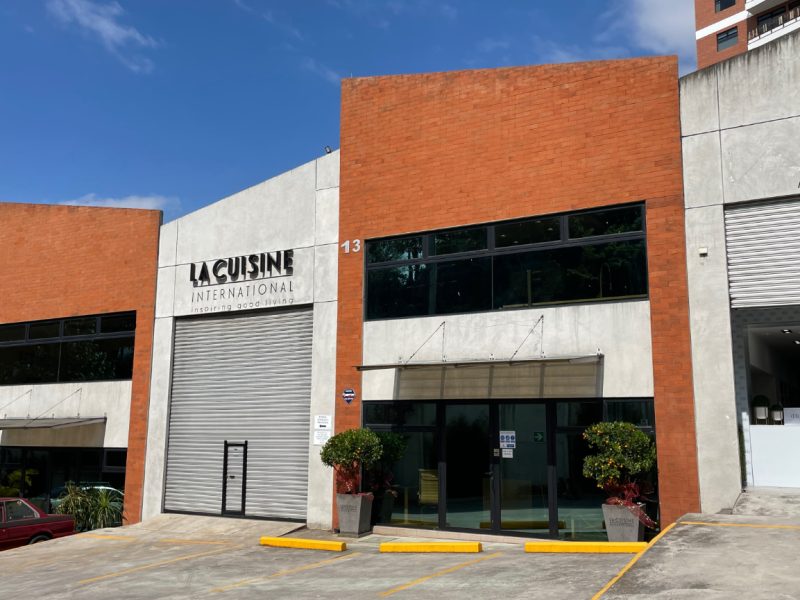
Our Company
Locations
Contact Us
Newsletter
Sign up to receive email updates on the latest products, collections and campaigns.
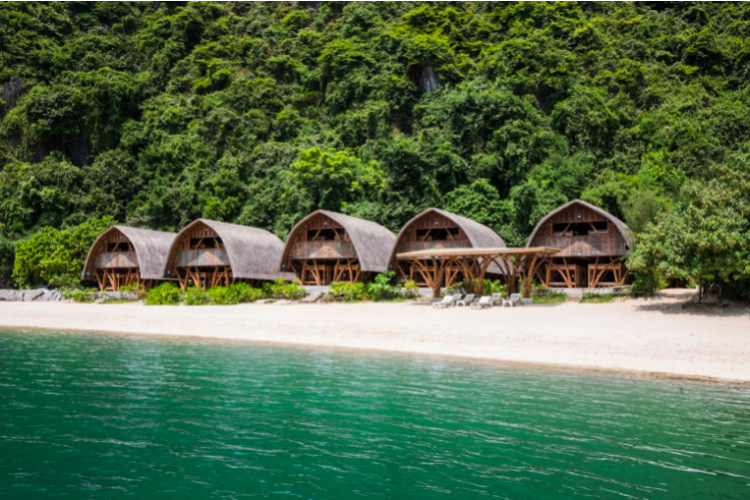
Bamboo is flexible and strong, which allows it to stand firm in the face of winds since it doesn’t break. Yes, this can be read as a saying or as a philosophy of life, but in this case, it refers to the reason why bamboo is starting to become an interesting building material.
Constructions made with bamboo are economical, highly resistant and have minimal or no impact on the environment. Bamboo is a material easy to handle that can adopt the necessary curves and is permeable.
Certainly, constructions made with bamboo are part of the cultural heritage of the people of the countries where this plant originates. But as it’s happening with other types of fibers and materials, the intervention of technology is turning the eyes of architects back into traditional wisdom to use this material in a new generation of constructions that bet on sustainability, durability, and safety.
From low-cost housing projects to large and luxurious resorts, different projects are finding in bamboo an interesting protagonist for their constructions.
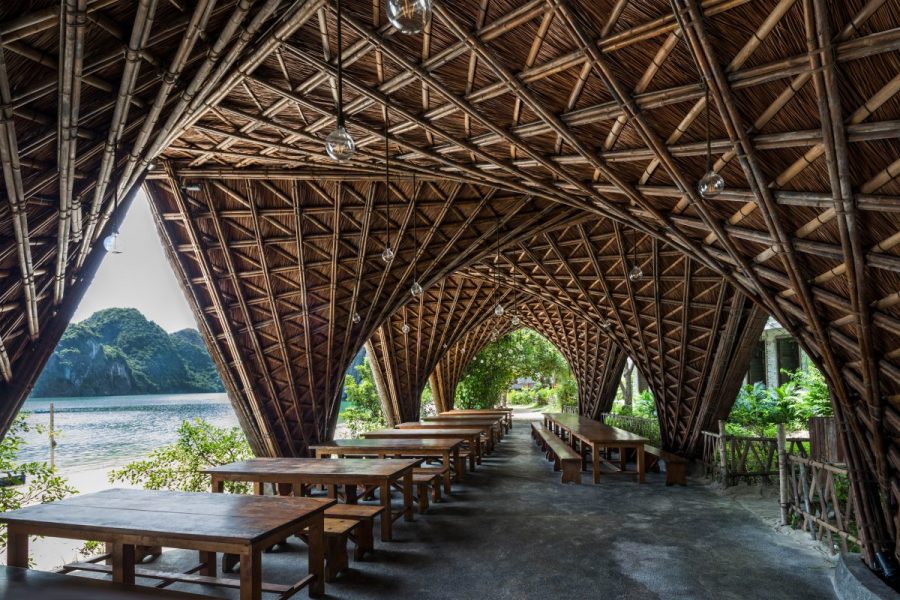
More than a plant
Bamboo grows and reproduces very easily and quickly in warm and humid environments, without the need for special care. Among its construction properties standout its flexibility and resistance to high voltage, which make it an ideal material for anti-seismic constructions. Also, bamboo walls offer cross ventilation, which makes them ideal in extremely high temperature conditions since it facilitates a pleasant environment and very low humidity.
On the other hand, bamboo has the property of capturing high concentrations of CO2, thus working as an environmental cleaner, which favors air renewal and decreases the carbon footprint of activities that take place in its environments. Thus, bamboo is an ideal material to be used in places where respect for the environment is fundamental.
Such is the case of the Castaway Island Resort, built by the studio Vo Trong Nghia Architects in the Cat Ba archipelago on the north coast of Vietnam. The resort consists of a row of villas along 300 meters from a private beach that can accommodate 150 tourists in two-floor residential cabins with parabolic roofs made of bamboo and thatch.
The construction is anchored to the sand of the beach with bamboo nails and the walls are woven with fiber from the same plant. The entire construction was achieved without affecting the ecosystem of the island and can be quickly dismantled in the same way, leaving no trace on the landscape.
The complex also houses a restaurant fully made of bamboo, with an impressive roof made with bamboo sticks in an intricate interweaving, whose shape resembles the Gothic structure of a cathedral, but on a much smaller scale.
The Vo Trong Nghia studio exhibits in its portfolio other works where bamboo is the protagonist such as the Eco-resort Pavilion in Hanoi. This is a restaurant that rests under a structure of 38 bamboo arches of 20 meters in length in a space of 490 square meters. Another example is Bamboo Stalactite, a social recreation structure, fully made of bamboo composed of 11 modules of hyperbolic structures located in an area of 290 square meters in Venice, Italy.
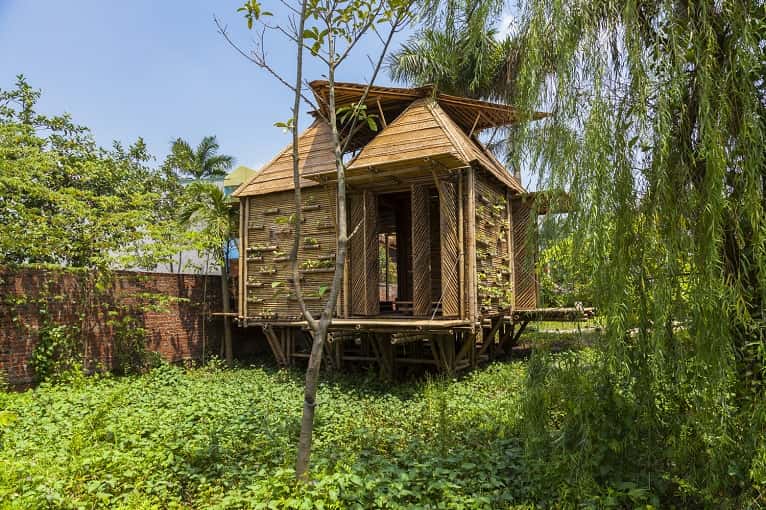
Stable in the face of the storm
Resilience could certainly be a quality of bamboo. Its strength in the face of natural disasters and the ability to rapidly rebuild with minimal material costs, present it as the number one candidate for the construction of homes in areas of constant risk.
With that in mind, Blooming Bambu Home de H y P Architects builds houses in Vietnam for low-income populations that constantly suffer the impact of weather conditions that leave close to 500 deceased each year due to natural disasters, and many affected by the loss of their homes.
These homes can be built in 25 days at a cost of $2,500 per unit using local labor. The houses include internal furniture such as cots, chairs, and tables and the structures are built above the ground to allow better drainage of rainwater. Aside from being used as housing, these constructions are also suitable for schools and social centers.
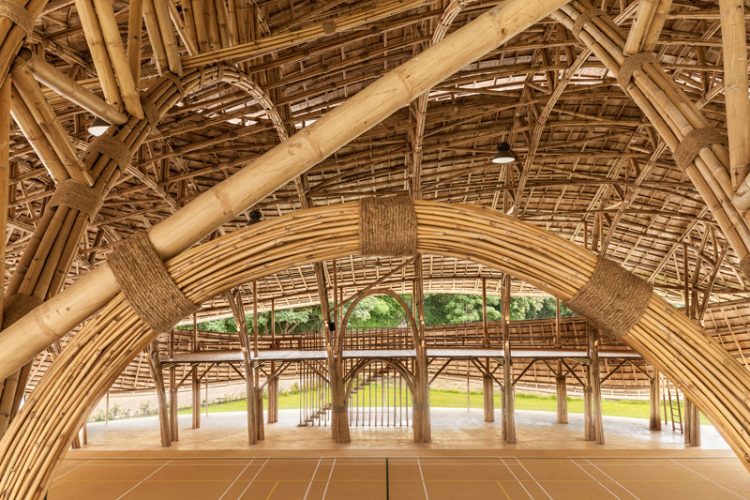
Free from carbon footprint
In Thailand, Chiangmai Life Architects and Construction designed the sports hall for the Panyaden International School, which is fully made of charcoal and earth, free from carbon footprint. The structure can shelter the 300 students of the school in a multi-purpose sports space including basketball, volleyball, badminton, and futsal courts in the 782-square meters of the entire construction.
It is space supported by 17-meter-long bamboo beams, leaving open the view inside the hall towards a beautiful lattice of intertwined beams. On the outside, these structures are covered by a roof made of three-level tiles that resemble a lotus flower, symbol of the purity of Buddhism, the fundamental axis of the teachings of this school.
Given so many advantages in terms of cost, maintenance, construction and dismantling, aside from the benefits it brings to the environment, it won’t come as a surprise that bamboo becomes more prevalent in construction in the coming years, especially in countries whose weather conditions can take advantage of the qualities of ventilation and durability of this noble material.

Sign up to receive email updates on the latest products, collections and campaigns.
Carrera 9 Nº80-45
Bogotá D.C., Colombia
Monday to Friday: 11:00 a.m. - 07:00 p.m.
Saturday: 11:00 a.m. - 06:00 p.m.
(+571) 432.7408/7493
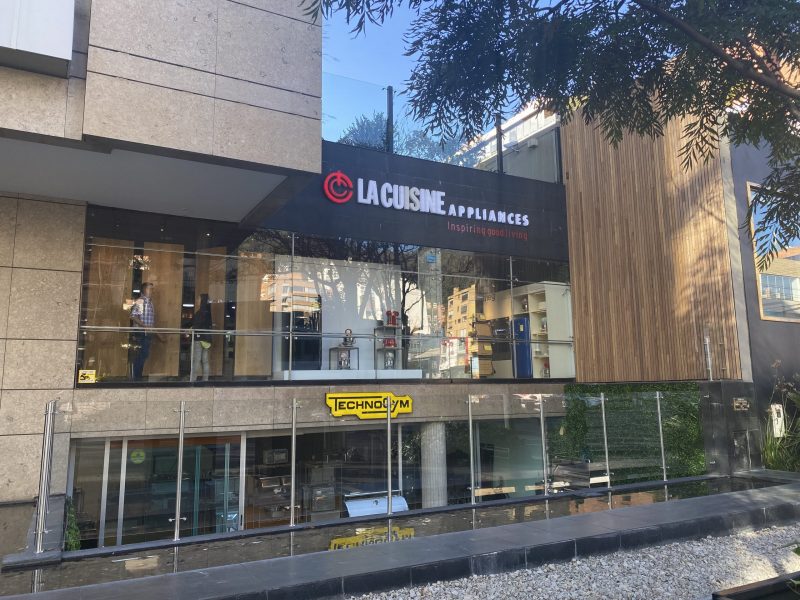
Calle 77 #72-37
Barranquilla, Colombia
Monday to Friday: 08:00 a.m. - 06:00 p.m.
Saturday: 09:00 a.m. - 01:00 p.m.
(+57) 605 352 0851
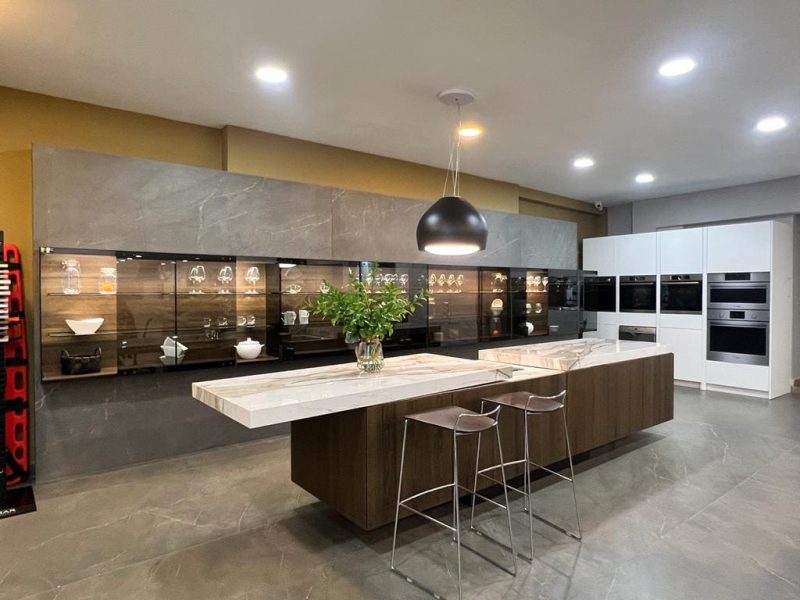
Edificio La Cuisine
Costado Suroeste, C.C. La Paco
Escazú, Costa Rica
Monday to Friday: 09:00 a.m. - 05:00 p.m.
Saturday: 10:00 a.m. - 04:00 p.m.
(+506) 4000.3555
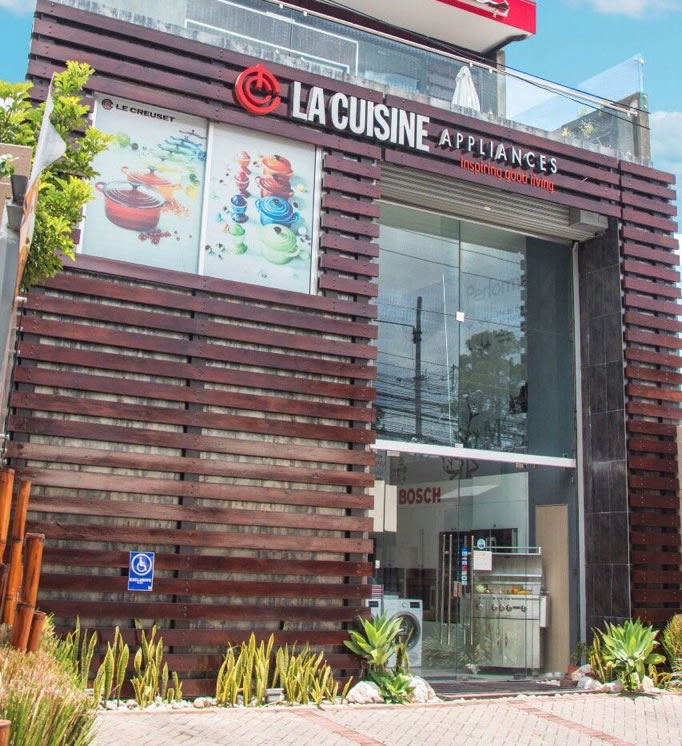
Galerías de Puntacana No. 51
Punta Cana, La Altagracia, R.D.
Monday to Friday: 09:00 a.m. - 06:00 p.m.
Saturday: 10:00 a.m. - 01:00 p.m.
(809) 378.9999
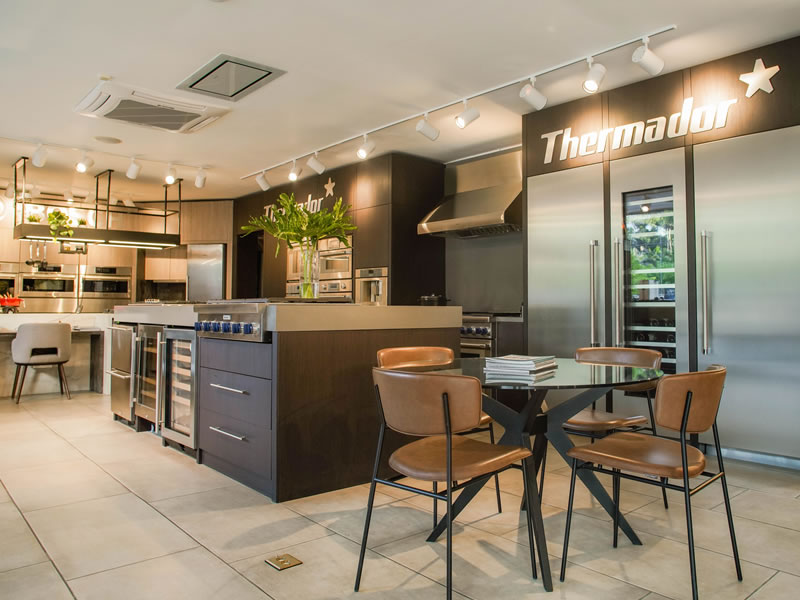
C/Rafael Augusto Sánchez No.22,
Piantini, Santo Domingo, R.D.
Monday to Friday: 09:00 a.m. - 06:00 p.m.
Saturday: 09:00 a.m. - 01:00 p.m.
(809) 378.9999
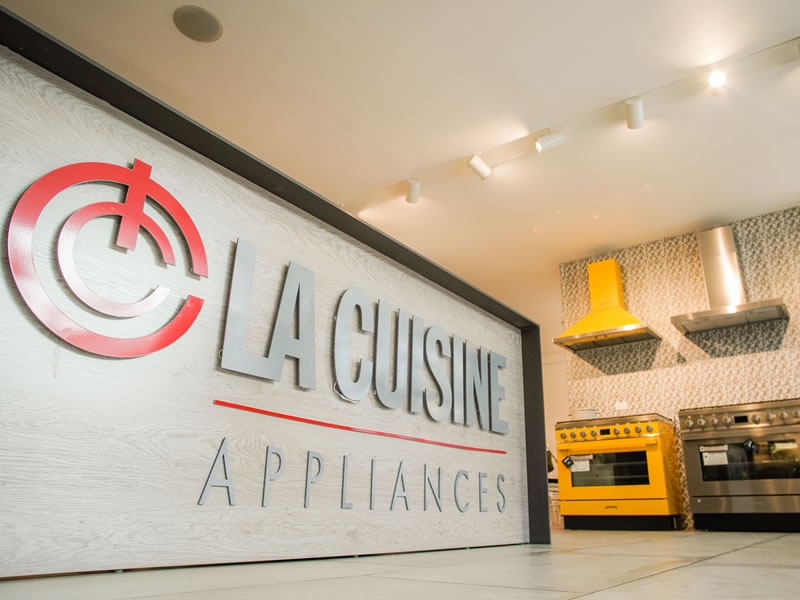
18187 Biscayne Bvld., Aventura
FL 33160
Monday to Friday: 10:00 a.m. - 06:00 p.m.
Saturdays by appointment.
(786) 322 5432
www.lacuisineappliances.com
sales@lacuisineappliances.com
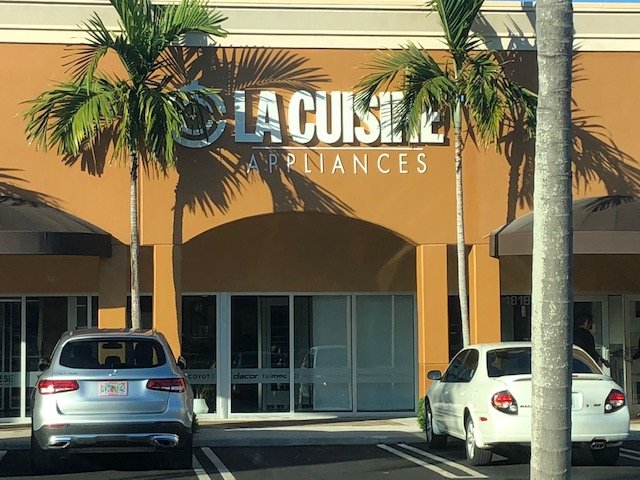
3232 Coral Way,
Miami FL 33145
Monday to Friday: 10:00 a.m. - 06:00 p.m.
Saturday: 10:00 a.m. - 03:00 p.m
(305) 442-9006
www.lacuisineappliances.com
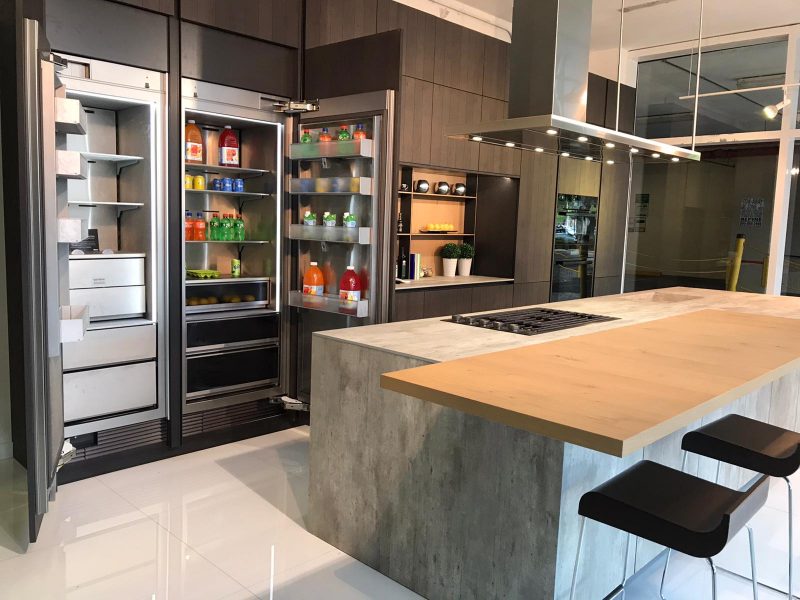
2005 NW 115th Avenue
Miami, FL 33172
Monday to Friday: 09:00 a.m. - 05:30 p.m.
Saturday: Closed
(+1) 305 418.0010
info@lacuisineinternational.com
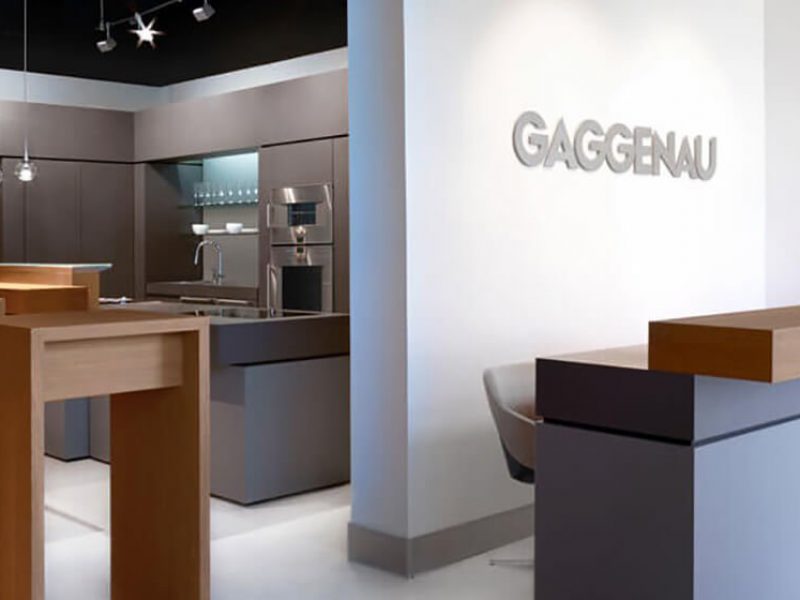
Obarrio. Av. Samuel Lewis,
Addison House Plaza,
Local No.11, Panamá
Monday to Friday: 09:00 a.m. - 06:00 p.m.
Saturday: 10:00 a.m. - 04:00 p.m.
(+507) 265.2546/2547
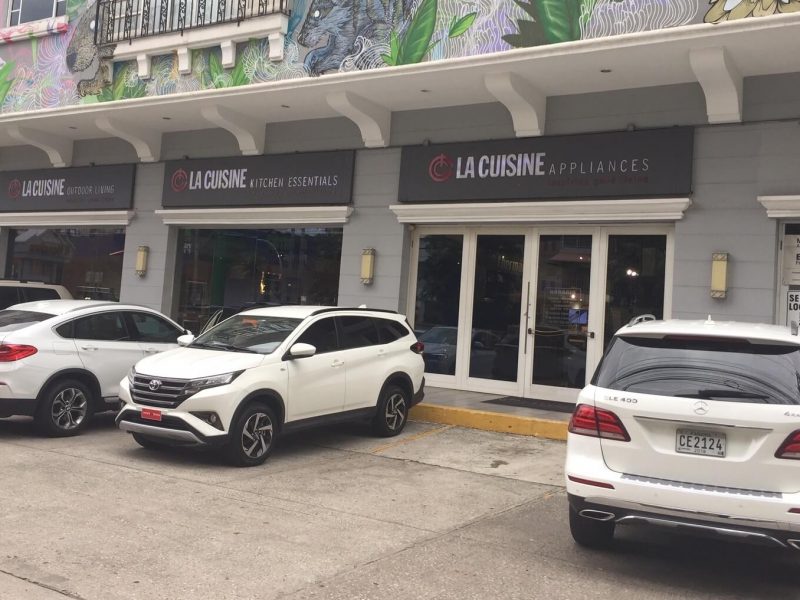
Av. Caminos del Inca 1603,
Santiago de Surco, Perú
Monday to Friday: 10:00 a.m. – 07:00 p.m.
Saturday: 10:00 a.m. – 01:00 p.m.
(+511) 637.7087

Centro Comercial San Ignacio, Nivel C, local No.5
Caracas, Venezuela
Monday to Saturday: 10:00 a.m. – 07:00 p.m.
(+58) 212 264.5252
(+58) 414 018.5352 (Wholesale)
ventas@lacuisineappliances.com
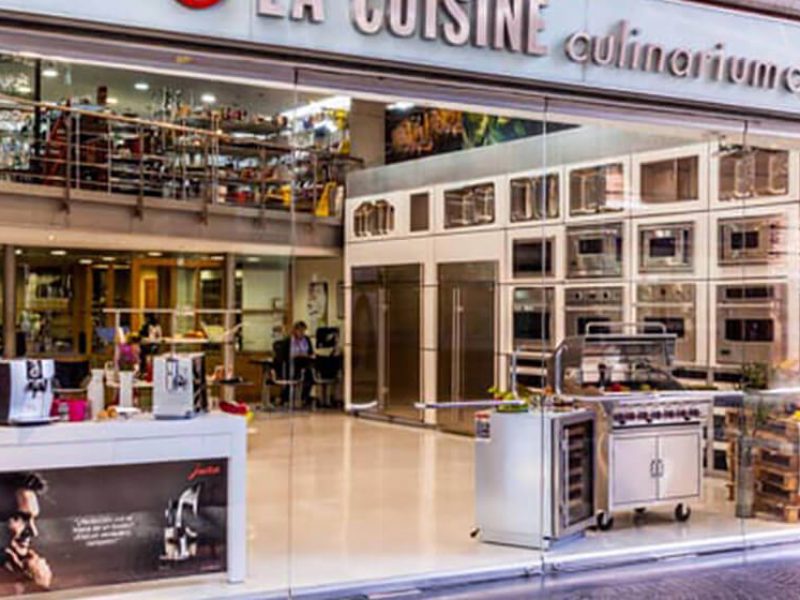
Complejo Pradera Ofibodegas No.13,
20 calle final Z. 10 Km. 6.8 Carretera a Muxbal,
Santa Catarina Pínula, Guatemala
Monday to Friday: 08:00 a.m. - 05:30 p.m.
Saturday: 09:00 a.m. - 12:30 p.m.
(+502) 6671-3400
